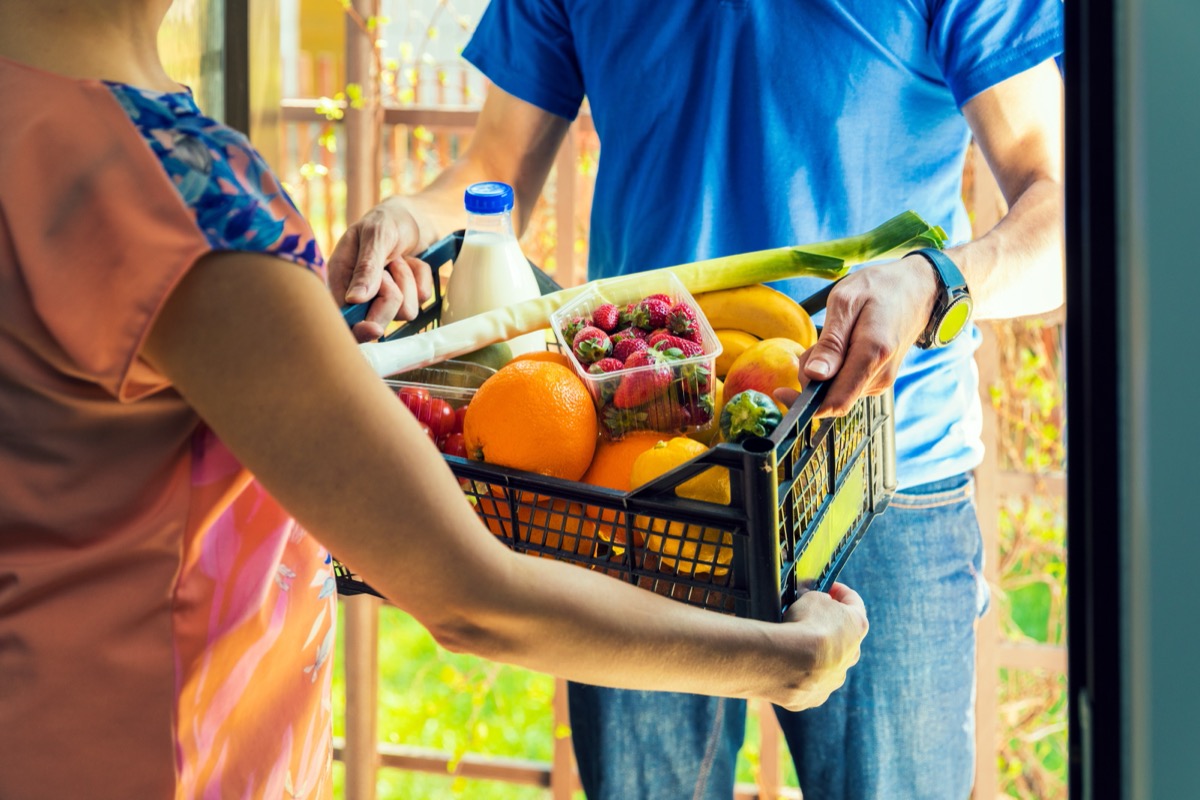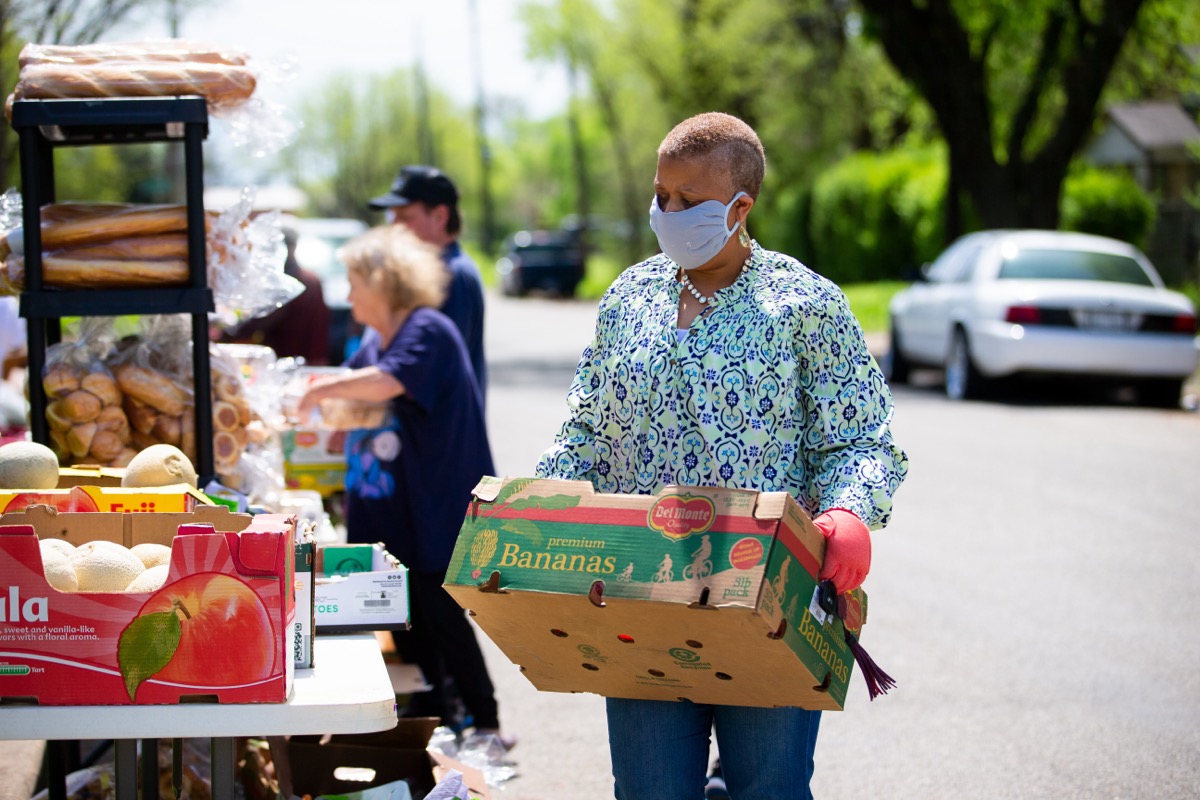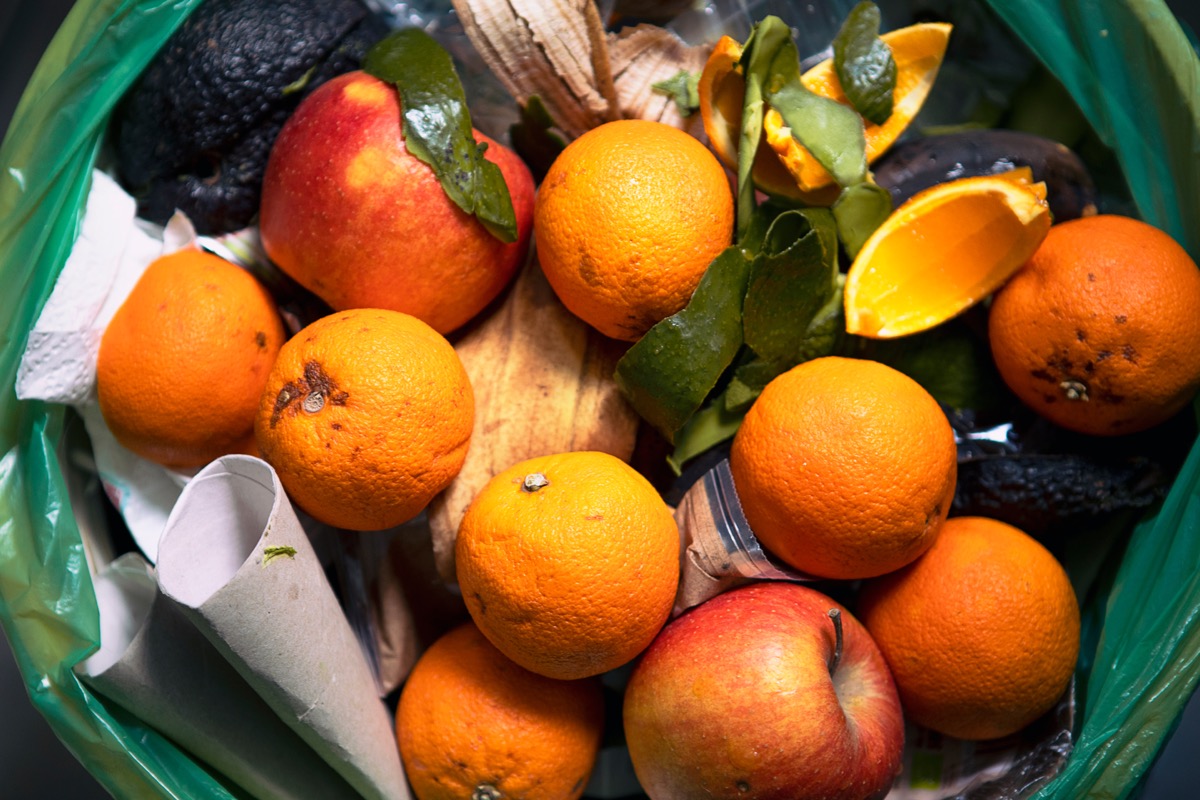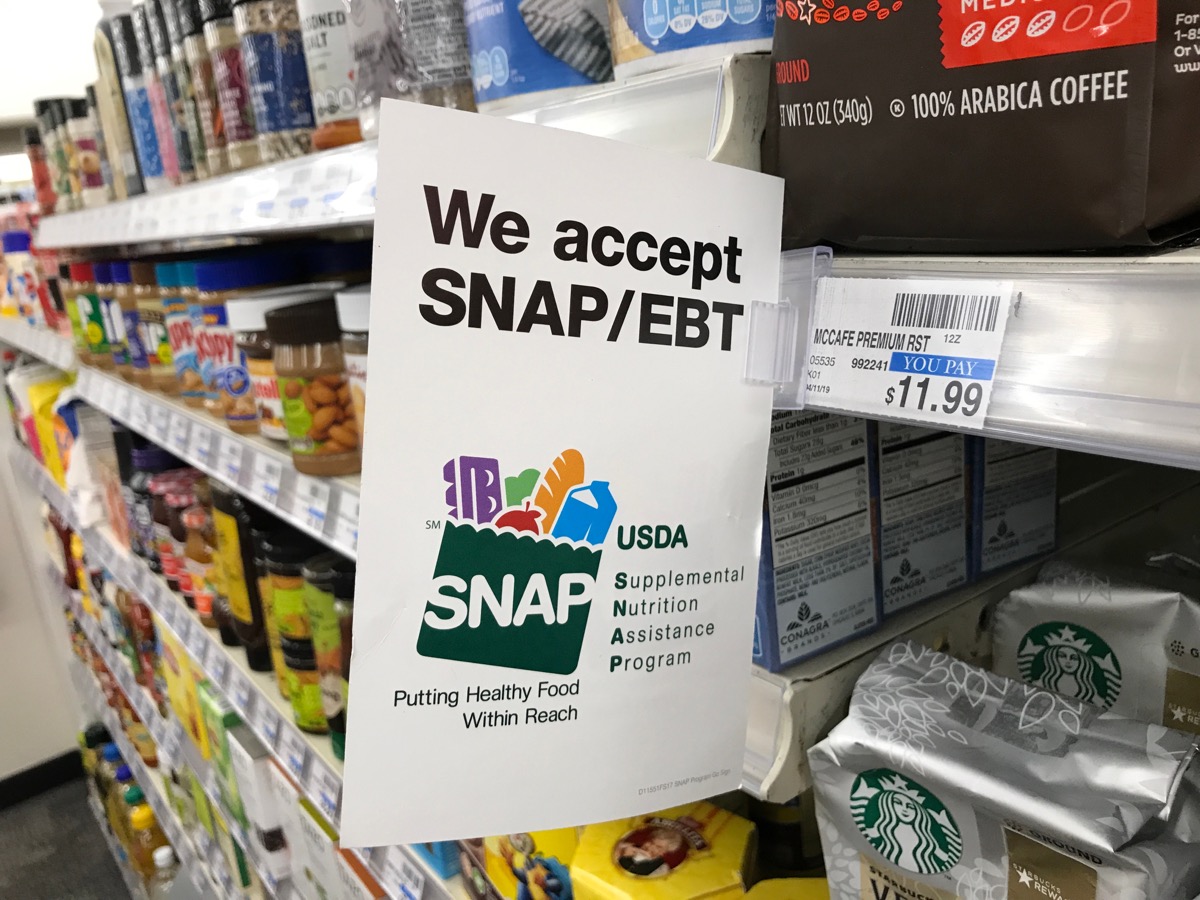On May 8, 2020, the U.S. Department of Agriculture (USDA) announced that it had approved an initial $1.2 billion in contracts as part of its Farmers to Families Food Box Program. The program purchased food products—including fresh produce, dairy, and meat—from U.S. farmers, and packaged them into boxes intended to serve individual households. The foods were subsequently delivered to non-profits, food banks, faith-based organizations, and community centers throughout the U.S., from which they were distributed to individuals in need. However, in April 2021, the USDA announced that the program would be ending in May, just a year after it launched. “The food box program was designed and implemented as a temporary effort to respond to market disruption caused by a global pandemic,” Matt Herrick, a spokesperson for the USDA, told the Capital Press on April 15. And for the latest food news delivered straight to your inbox, sign up for our daily newsletter. While the Farmers to Families Food Box Program managed to provide more than 159 million food boxes to people in need between May 2020 and April 2021, the program experienced some major hiccups. “While it did help respond to severe market disruption caused by the collapse of foodservice in the early stages of the pandemic, it had a number of significant challenges along the way,” Herrick explained. Among the biggest issues? Getting food to underserved communities. “As many as 900 counties weren’t served by the program that we know of,” said Herrick. “Many rural places were not served.” The Farmers to Families Food Box Program was intended to help keep U.S. residents fed amid the pandemic, even if purchasing groceries would be cost-prohibitive. But the program came at no small cost to the U.S. government. Herrick explained that each box cost the USDA between $28 and $105; the USDA reports spending over $4 billion in total on the food provided through the program in over a year. However, the high cost wasn’t the program’s only flaw, according to experts. On Feb. 21, a “Evaluation of the Farmers to Families Food Box Program” report conducted by researchers at the Food Law and Policy Clinic at Harvard Law School and the National Sustainable Agriculture Coalition found that the program may have also increased food waste rather than reducing it. And for another dining experience you may not have again, This One Thing Is Disappearing From Walmarts Nationwide. Though the Farmers to Families Food Box Program may be ending in May, the need for food assistance in the U.S. is still a pressing issue. Feeding America reports that 42 million people in the U.S. still face hunger due to the pandemic, and that there has been a 55 percent increase in the number of people relying on food banks to get by.ae0fcc31ae342fd3a1346ebb1f342fcb Those who require assistance accessing food will have other means of doing so, according to United States Secretary of Agriculture Tom Vilsack, who initially announced the Farmers to Families program’s cancellation to the House Appropriations subcommittee on April 14. In place of Farmers to Families, those who need food assistance may be able to get it through expansions to the Supplemental Nutrition Assistance Program (SNAP), school meal programs, the Emergency Food Assistance Program (TEFAP), and both dairy and produce programs being rolled out by the USDA. And in other food news, This Iconic Mexican Restaurant Just Filed for Bankruptcy.



